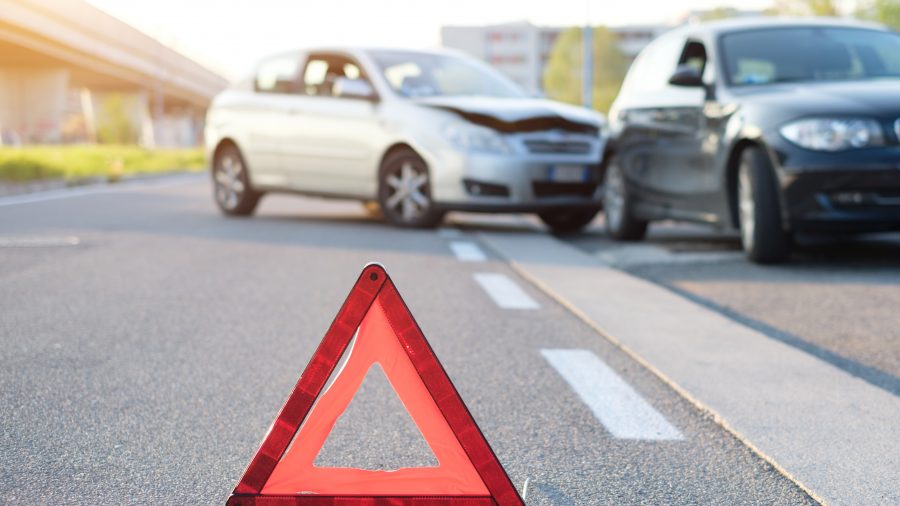Our 2-part series in February 2020, Are driverless cars just another fantasy?, exposed some of the autonomous vehicle (AVs) hype. Now the Insurance Institute for Highway Safety (IIHS) in the US reports AVs may prevent only one third of crashes. It is the first study to question the bold claim that driverless cars will have zero crashes.
No such thing as zero
IIHS research questions whether there can be any such thing as zero crashes in driverless cars.
They examined 5,000 real world crashes for information about crashes that were caused by driver error. They divided these crashes into five types of error and measured how often each type occurred:
- Perception (24%) eg, driver is distracted
- Incapacitation (10%) eg, affected by drugs or alcohol
- Prediction (17%) eg, anticipates what another car will do
- Planning and decisions (39%) eg, speeding
- Execution and performance (23%) eg, illegal manoeuvres.
Given that 94% of crashes are driver error, AVs must eliminate every kind of driver error. (Nobody ever mentions that AV programmers must eliminate every kind of machine error too.) Other types of crashes, such as a blowout or broken axle, must also be prevented. There is no denying it is a big ask.
The study claimed 34% of crashes are avoidable: those caused by perception errors and incapacitation. AVs will identify hazards and react more quickly than humans – and will not drive drunk. However, “stopping the rest of the crashes will be a lot harder”. AVs would need 100% perfect ability to sense and respond. All their sensors must crosscheck in milliseconds with data from another device and overcome bad weather, low visibility and other hazards.
Safer but less convenient
More problematic for AVs are errors of prediction, planning/decisions and performance. In these cases, programmers must put safety above speed and convenience. However, if programmed to drive and react more like humans, fewer crashes will be prevented. greenslips.com.au has already observed we want to program them to make decisions just like a human – yet we don’t want them to drive just like a human!
Focusing on safety, rather than rider preference, could be unpopular. As we also noted in February, there is “a gulf between the engineers and regulators who demand safety, and the visionaries and upstarts with their bold ideas”.
Too much safety
Meanwhile, having driverless cars on the roads at the same time as conventional vehicles is potentially unsafe too. They may be safer than human drivers in the long run but until then, are much more dangerous than humans.
Finally, is it reasonable to set a goal of zero for motor accidents in any type of vehicle? The worldwide road safety campaign, Towards Zero, suggests there is no acceptable level of death or injury. Yet setting a nearly impossible goal tends to emphasise the inadequacy of any road safety measure rather than recognising any small gains.
The same may be true of our expectations of autonomous driving. See Part 1 of Are driverless cars just another fantasy?
As long as there are vehicles on the roads, driverless or not, we will still need the protection of CTP insurance.


your opinion matters: